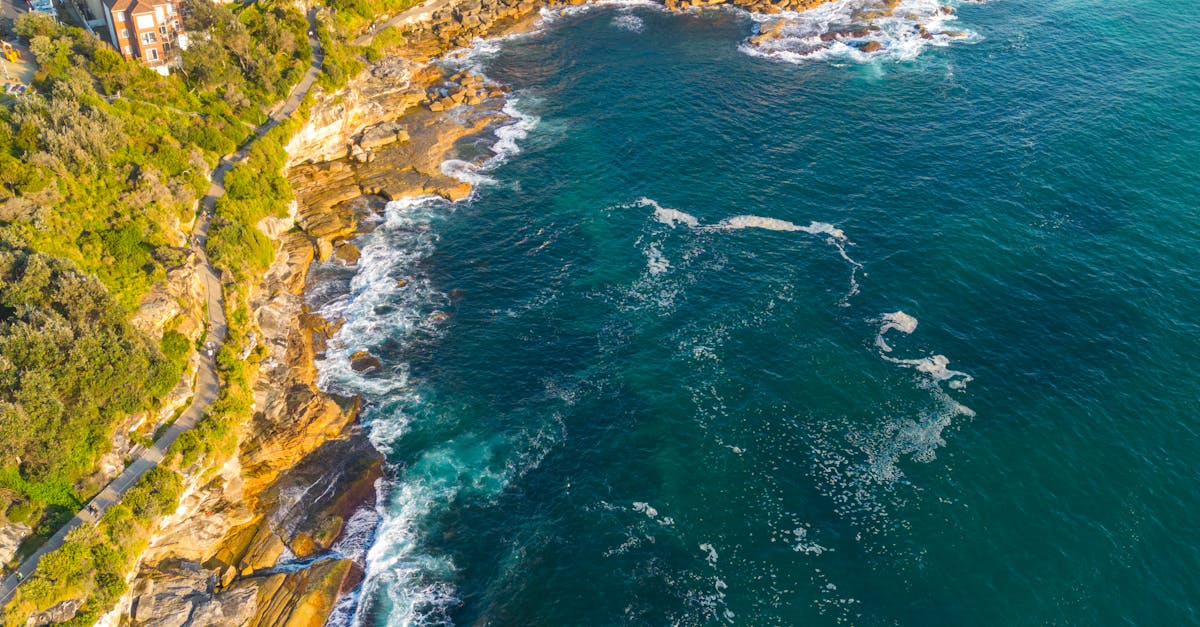
Table Of Contents
Factors influencing leak detection cost
Factors influencing leak detection cost can vary significantly based on several key elements. The type of leak detection technology used is a primary determinant of the overall cost. More advanced methods such as acoustic leak detection or thermal imaging cameras may incur higher expenses compared to traditional methods. Additionally, the complexity and size of the plumbing system can impact the cost, as detecting leaks in larger or intricate systems may require more time and resources.
Common places where leaks occur can also influence the overall cost of leak detection. Leak detection and repair in accessible areas such as sinks or faucets are generally less expensive compared to leaks hidden within walls or underground pipes. The location of the leak plays a significant role in determining the cost, as accessibility directly affects the ease of detection and repair processes. Moreover, the severity of the leak and its potential impact on property damage or water bills can also influence the overall cost of leak detection services.
Type of leak detection technology used
Leak detection and repair in Australia predominantly rely on advanced technologies to pinpoint leaks accurately and efficiently. Professionals often employ acoustic leak detection devices that detect leaks by listening for sounds produced by water escaping from pipes. These tools utilize sensitive microphones to pick up on faint sounds that are otherwise imperceptible to the human ear, making them indispensable in identifying leaks hidden behind walls or underground.
Moreover, thermal imaging cameras are widely used in leak detection to detect temperature variations caused by water leaks. By capturing images of a property's surfaces, these cameras can identify potential leaks through temperature differences, assisting professionals in locating hidden leaks without the need for invasive procedures. These innovative technologies not only streamline the leak detection process but also ensure the prompt identification and resolution of leaks to prevent significant water wastage and property damage.
Common places where leaks occur
Common places where leaks occur
Leak detection and repair in Australian households are crucial for preserving precious water resources and minimizing utility bills. Common places where leaks tend to occur include faucets, toilets, and showerheads. A leaking faucet may seem insignificant, but it can waste a significant amount of water over time, contributing to higher water bills and unnecessary strain on the water supply.
Moreover, toilets are notorious for silent leaks that can go undetected for a long time. A continuously running toilet can waste hundreds of litres of water daily. Showerheads are another culprit for leaks, with worn-out washers or loose fittings often being the cause. Addressing leaks promptly in these common areas can not only conserve water but also lead to savings on water bills for Australian households.
Impact of leak detection on water bills
Impact of leak detection on water bills
Leak detection and repair in Australian households can significantly impact water bills. Undetected leaks can lead to wastage of a substantial amount of water, causing an increase in the overall water consumption and subsequent bills. Identifying leaks promptly through regular inspection and maintenance can prevent unnecessary water loss and help in minimizing water expenses.
Leak detection and timely repair not only contribute to water conservation efforts but also play a vital role in cost-saving measures for homeowners. By addressing leaks promptly, households can avoid the accumulation of high water bills resulting from prolonged undetected leaks. Therefore, investing in effective leak detection methods can lead to substantial savings in water expenses over time.
Importance of timely leak detection
Importance of timely leak detection
Leak detection and repair in Australia play a crucial role in conserving water resources and reducing water bills for households and businesses. Timely detection of leaks can prevent excessive water wastage and potential damage to property. By promptly identifying and addressing leaks, individuals can not only contribute to sustainable water usage but also save on unnecessary expenses associated with water overconsumption.
Ignoring the importance of timely leak detection can lead to significant financial implications in the long run. Unnoticed leaks can result in inflated water bills, increased utility costs, and even structural damage to buildings. Being proactive in regularly checking for leaks and promptly fixing them can help avoid these costly consequences, benefiting both the environment and personal finances.
Cost comparison between professional and DIY leak detection methods
Leak detection and repair in Australia can vary in cost depending on whether you opt for professional services or choose to tackle the task yourself with a DIY approach. Hiring a professional leak detection service may incur higher upfront costs due to labour charges and equipment expenses. However, professionals bring expertise and specialized tools that can efficiently pinpoint leaks, potentially saving you time and money in the long run by addressing the issue promptly and accurately.
On the other hand, a DIY approach to leak detection can be a more cost-effective option for those who are confident in their abilities and have access to basic tools. DIY methods typically involve visually inspecting common areas for leaks, such as faucets, pipes, and toilets, and using simple techniques like checking water meters for unusual activity. While this approach may be budget-friendly, it may not always guarantee the same accuracy and thoroughness as professional services.
FAQS
How much does leak detection cost in Australia?
The cost of leak detection in Australia can vary depending on various factors such as the type of technology used, the size of the property, and the location of the leak.
What are the factors influencing leak detection cost in Australia?
Factors that can influence the cost of leak detection in Australia include the type of technology used, the complexity of the leak, the accessibility of the leak location, and the experience of the professionals carrying out the detection.
Is leak detection expensive in Australia?
The cost of leak detection in Australia can vary, but investing in timely leak detection can help save money in the long run by preventing water wastage and reducing water bills.
How do professional leak detection services compare to DIY methods in terms of cost in Australia?
Professional leak detection services in Australia may cost more upfront than DIY methods, but they often provide more accurate results and can help identify hidden leaks that may go unnoticed with DIY approaches. Ultimately, the cost of professional services can be more cost-effective in the long term.
Can leak detection impact water bills in Australia?
Yes, timely leak detection in Australia can help reduce water bills by identifying and fixing leaks that contribute to water wastage. Addressing leaks promptly can lead to significant savings on water bills over time.
What are the common places where leaks occur in Australian properties?
Common places where leaks occur in Australian properties include toilets, faucets, showerheads, water heaters, and underground pipes. Regular leak detection can help identify and address these issues before they escalate into larger problems.


